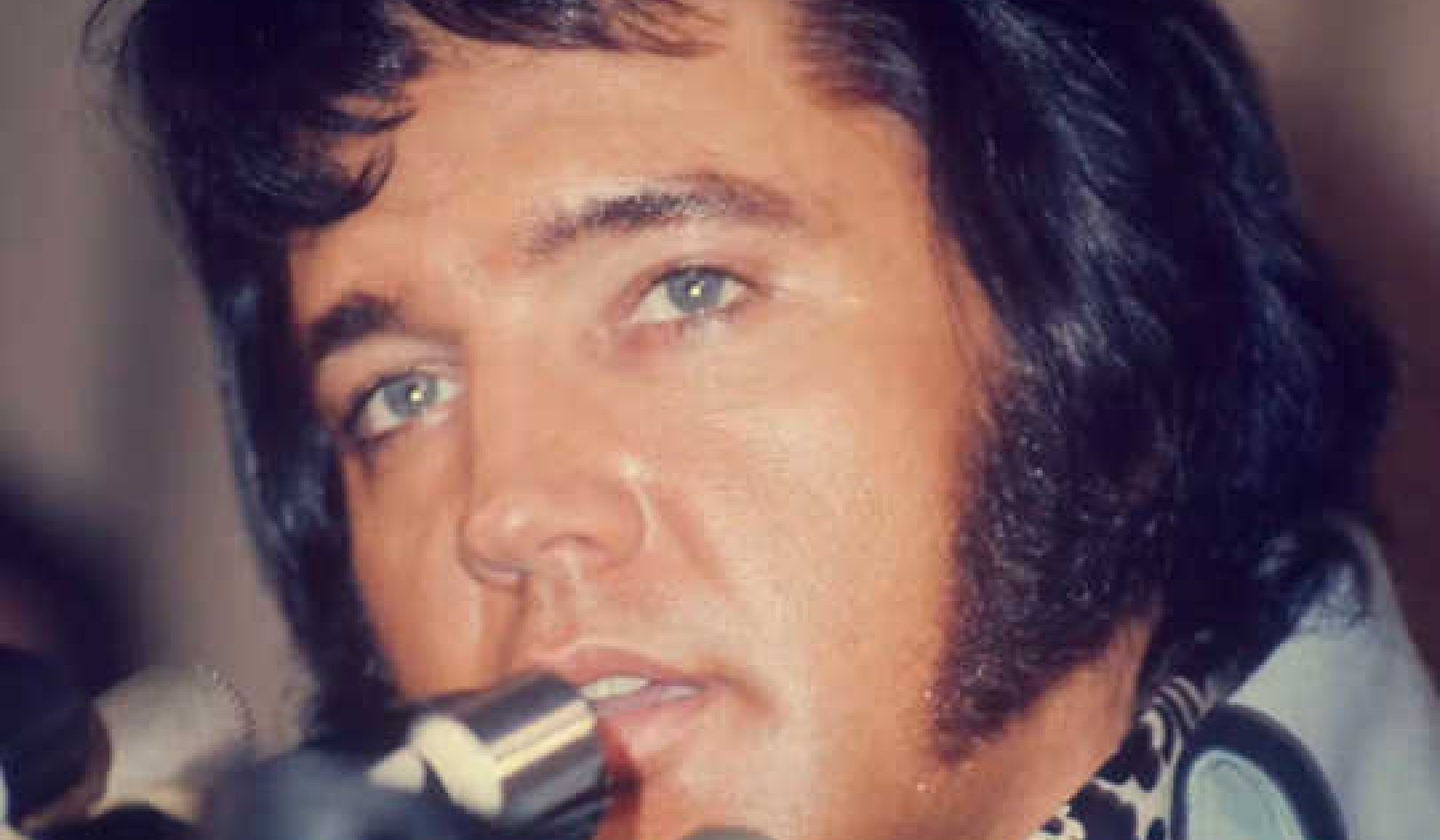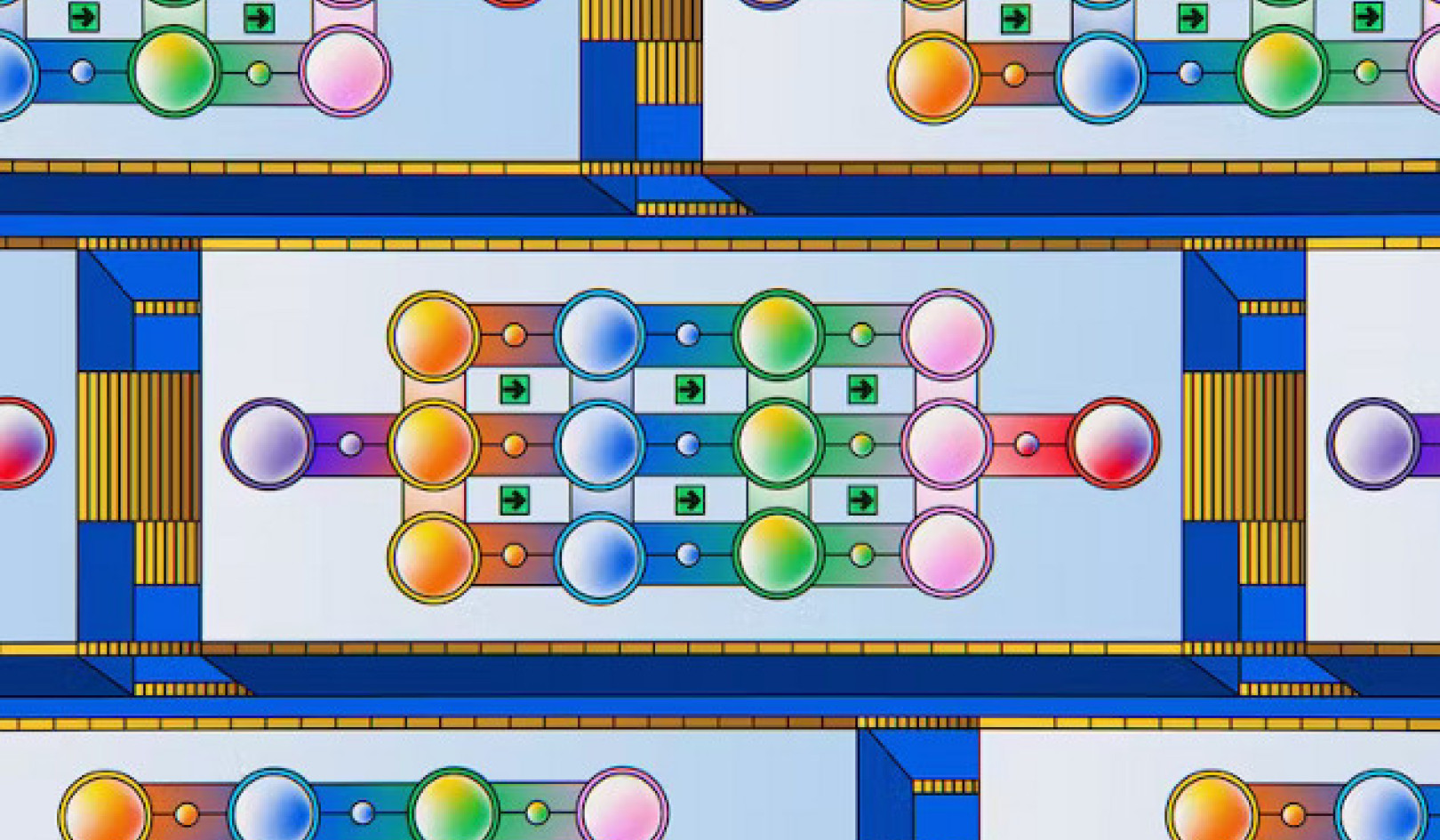Had he lived today, Hamlet, Prince of Denmark, would affirm with deeper conviction than ever: To be or not to be is indeed the question. It is not the skull of an individual human being that Hamlet would ponder, but this living blue-green planet, the home of humanity. How long will it support us? Will we destroy its delicate balances, or will we set out to heal the damage we have already inflicted? Will we manage to evolve as a conscious social and cultural species -- or will we become extinct like the dinosaurs?
The question is: Evolution or extinction?
A Chinese proverb warns, "If we do not change direction, we are likely to end up exactly where we are headed." Applied to today's world, this would be disastrous.
We are not heading in the right direction. Where do we go from here?
No change leads to breakdown. But there is another path we could take.
We could change direction: with a timely transformation we could create a peaceful and sustainable world. Will we create it? Einstein told us that we cannot solve a problem with the same kind of thinking that produced it. Yet, for the present we are still trying to do just that. We are fighting terrorism, poverty, criminality, cultural conflict, climate change, environmental degradation, ill health, even obesity and other "sicknesses of civilization" with the same means and methods that produced the problems in the first place -- we are resorting to armies and police forces, technological fixes, and temporary remedial measures. We have not mustered the will and the vision to bring about timely transformation.
Is It Too Late?
In the spring of 2006 the British biologist James Lovelock, who thirty years ago discovered that Earth possesses a planetary control system that keeps it fit for life (the "Gaia hypothesis"), proclaimed that this control system has been destroyed and will rapidly bring about conditions that may prove fatal for humanity. The heating up of the atmosphere through human activity will create, in Lovelock's words, "a hell of a climate." The average temperature will rise 14.4 degrees Fahrenheit in temperate regions and 9 degrees in the tropics. "The Earth's physical condition must be seen as seriously ill, and soon to pass into a morbid fever that may last as long as 100,000 years." "I think we have little option," Lovelock concluded in The Revenge of Gaia, "but to prepare for the worst, and assume that we have passed the threshold." The threshold he refers to is the point where the self-maintaining dynamic of the system breaks down and leads irreversibly to catastrophe.
A number of critical processes feed on themselves and are out of control. As the Arctic ice melts, the sea absorbs more warmth, which makes for more melting; as Siberian permafrost disappears, the methane released from the peat bog below exacerbates the greenhouse effect and makes for more melting and thus for more methane.
But doomsday arguments miss a basic point: they do not recognize that not only is nature a dynamic system capable of rapid transformation but humanity is also. When such a system nears the point where the existing structures and feedbacks can no longer maintain its integrity, it becomes ultrasensitive and responds even to the smallest provocation for change. In this state "butterfly effects" are possible. (These effects are named after the butterfly-shaped "chaotic attractor" discovered by meteorologist Edward Lorenz as he attempted to map progressive change in the global weather. They are popularly identified with the idea that the tiny stream of air created by the flutter of the wings of a butterfly can amplify many times over and end by creating a storm on the other side of the planet.) In today's near-chaotic, unstable, and hence ultrasensitive world such "butterflies" as the thinking, the values, the ethic, and the consciousness of a critical mass in society can trigger fundamental transformation.
The Positive Outlook
We are nearing a tipping point, but the situation is far from hopeless: near the threshold of systems-collapse, predictions of doomsday have a paradoxical effect. They raise people's level of awareness, motivate widespread consciousness change, and may end by becoming self-
falsifying prophecies.
The political situation can turn paradoxical. Well-intentioned policies create the impression that the situation is in hand and the crisis is being managed, and thus they do not catalyze the will for fundamental transformation. A retrograde strategy is more useful in this regard. It inadvertently but effectively motivates people to insist on radical change; it catapults ever more people into action.
At the present time retrograde policies are still dominant. In the last analysis this is not a bad thing. In the more advanced segments of the population it raises the level of urgency of economic, social, and political reforms.
The Asian tsunami's carnage of innocent villagers and vacationers in South and Southeast Asia prompted worldwide acts of solidarity and generosity. The cataclysm produced by hurricane Katrina made people "find their feet" and march on Washington to protest the administration's policy of focusing on the oil war in Iraq to the neglect of preparedness for natural disasters and the plight of poor people at home. Will humanity wait for a natural or man-made catastrophe that kills hundreds of thousands or millions to come up with the will to change? It may then be too late. We must, and still can, head toward a timely shift in values, vision, and behaviors.
Evolution to a sustainable civilization, or descent into crisis, chaos, and possibly extinction: that, as Hamlet would now say, is the question.
The Timely Transformation Scenario: The First Steps• The idea that individuals and small groups themselves can be effective agents of transformation toward a more peaceful and sustainable world captures the imagination of more and more people. People in different cultures and different walks of life pull together to confront the threats they face in common. • The worldwide rise of popular movements for peace and international cooperation leads to the election of similarly motivated political figures, lending fresh impetus to projects of economic cooperation and intercultural solidarity. • Political and opinion leaders wake up to the urgent need to come to the aid of the most immediately endangered populations and create a world-level organization to monitor the threats, provide warning, and raise the funds to undertake rescue operations. • Local, national, and global business leaders decide to adopt a strategy where the pursuit of profit and growth is informed by the search for corporate social and ecological responsibility. • An electronic E-Parliament comes online, linking parliamentarians worldwide and providing a forum for debates on the best ways to serve the common good. • Nongovernmental organizations link up through the Internet and develop shared strategies to restore peace, revitalize war-torn regions and environments, and ensure an adequate supply of food and water. They promote socially and ecologically responsible policies in local and national governments and in business. The Crystallizing Contours of a Cooperative World• Money is reassigned from military and defense budgets to fund practical attempts at conflict resolution and the implementation of internationally agreed and globally coordinated social and ecological sustainability projects. • A worldwide renewable energy program is created, paving the way toward a third industrial revolution that makes use of solar and other renewable energy sources to transform the global economy, provide clean water, and lift marginalized populations out of the vicious cycles of poverty. • Agriculture is restored to a place of primary importance in the world economy, both for producing staple foods and for growing energy crops and raw materials for communities and industry. • Business leaders the world over join forces in creating a voluntarily self-regulating eco-social market economy that ensures fair access to natural resources as well as industrial goods and economic activity to all countries and populations. The Rise of a Sustainable Civilization• National, continental, and global governance structures are reformed or newly created, moving states toward participatory democracy and releasing a surge of creative energy among empowered and increasingly active populations. • The consensually created and globally coordinated eco-social market system begins to function; as a result the natural resources required for health and well-being become available throughout the world community. • International and intercultural mistrust, ethnic conflict, racial oppression, economic injustice, and gender inequality give way to a higher level of trust and the shared will to achieve peaceful relations among states and sustainability in the economy and the environment. |
Reprinted with permission of the publisher, Inner Traditions Inc.
©2008. www.innertraditions.com
This article was excerpted from:
Quantum Shift in the Global Brain: How the New Scientific Reality Can Change Us and Our World
by Ervin Laszlo.
 Our world is in a Macroshift. The reality we are experiencing today is a substantially new reality--climate change, global corporations, industrialized agriculture--challenging us to change with our rapidly changing world, lest we perish. In this book, Ervin Laszlo presents a new “reality map” to guide us through the world shifts we are experiencing--the problems, opportunities, and challenges we face individually as well as collectively--in order to help us understand what we must do during this time of great transition. Science’s cutting edge now views reality as broader, as multiple universes arising in a possibly infinite meta-universe, as well as deeper, extending into dimensions at the subatomic level. Laszlo shows that aspects of human experience that had previously been consigned to the domain of intuition and speculation are now being explored with scientific rigor and urgency. There has been a shift in the materialistic scientific view of reality toward the multidimensional worldview of multiple interconnected realities long known by the world’s great spiritual traditions. By understanding the interconnectedness of our changing world as well as our changing “map” of the world, we can navigate with insight, wisdom, and confidence.
Our world is in a Macroshift. The reality we are experiencing today is a substantially new reality--climate change, global corporations, industrialized agriculture--challenging us to change with our rapidly changing world, lest we perish. In this book, Ervin Laszlo presents a new “reality map” to guide us through the world shifts we are experiencing--the problems, opportunities, and challenges we face individually as well as collectively--in order to help us understand what we must do during this time of great transition. Science’s cutting edge now views reality as broader, as multiple universes arising in a possibly infinite meta-universe, as well as deeper, extending into dimensions at the subatomic level. Laszlo shows that aspects of human experience that had previously been consigned to the domain of intuition and speculation are now being explored with scientific rigor and urgency. There has been a shift in the materialistic scientific view of reality toward the multidimensional worldview of multiple interconnected realities long known by the world’s great spiritual traditions. By understanding the interconnectedness of our changing world as well as our changing “map” of the world, we can navigate with insight, wisdom, and confidence.
About the Author
 Ervin Laszlo, twice nominated for the Nobel Peace Prize, is editor of the international periodical World Futures: The Journal of General Evolution and Chancellor-Designate of the newly formed GlobalShift University. He is the founder and president of the international think tanks the Club of Budapest and the General Evolution Research Group and the author of over 80 books translated into more than 20 languages.
Ervin Laszlo, twice nominated for the Nobel Peace Prize, is editor of the international periodical World Futures: The Journal of General Evolution and Chancellor-Designate of the newly formed GlobalShift University. He is the founder and president of the international think tanks the Club of Budapest and the General Evolution Research Group and the author of over 80 books translated into more than 20 languages.






























